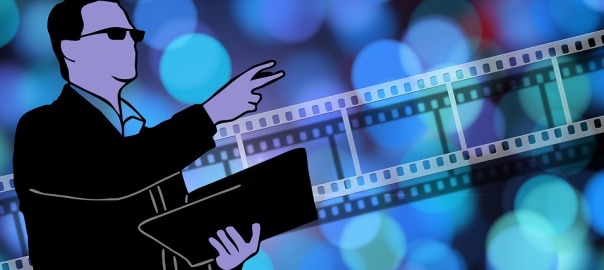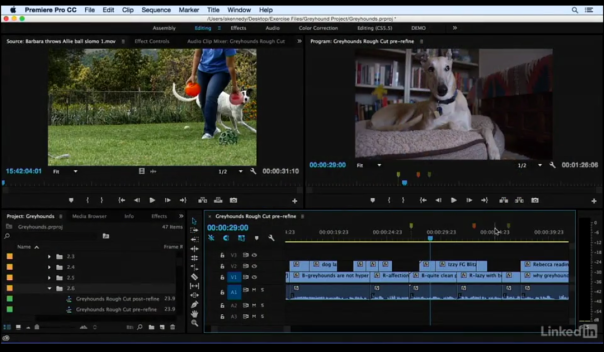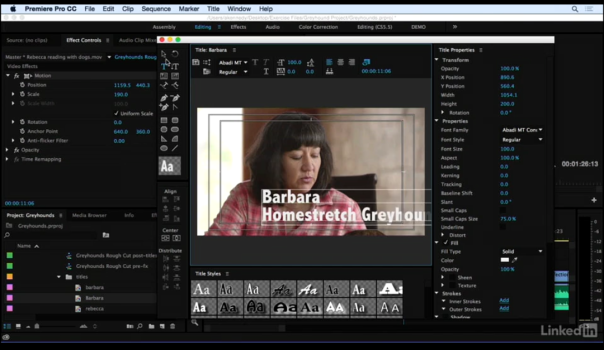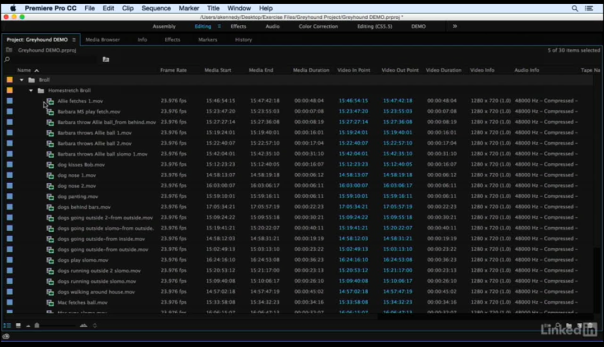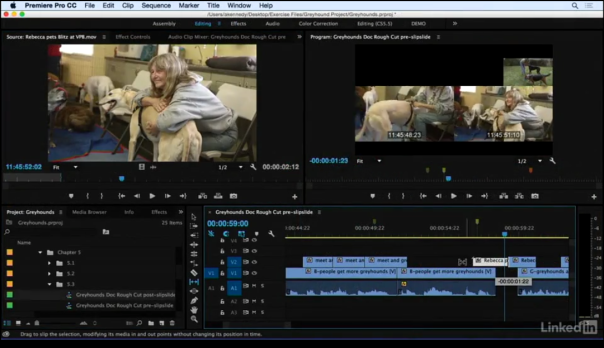As a journalism major with a background in classical education, I have always taken pride in my writing and ability to reason. And by writing, I mean that in its purest form: pen and paper.
But in the digital age, writing rarely applies to pen and paper, but rather typing the words you wish to share with the world. E-readers, such as Kindles, are replacing books, blogs are replacing hand written notes, and newspapers are shifting to online publications.
I was really against this move to the digital format, especially for journalism. Something about it felt it wrong, like we were loosing a genuine quality of our history and culture. But I’m sure my grandparents said the same things when the television was invented, and radio programming transitioned to television.
And while I still feel a special appreciation for print journalism, after studying the intricacies of digital journalism, I am learning how my writing can be even more powerful in this day and age than ever before. Throughout my journalism career at Georgia State University, I’ve studied for countless hours and the main thing I’ve taken away is that I have the ability to be heard and the audience is limitless.
Journalist have more of a voice, and a responsibility to tell the truth, now more than they ever have. In a digital era full of misinformation and fake news, it is our duty to forge a path for good and responsible journalism.
We also have the ability to learn and apply our knowledge in any area. Communication and a curious mind are the foundation for any investigative reporter, author, or researcher. We now have the ability to hold our leaders accountable and the platform to share our stories and reports with those that will listen.
This doesn’t mean just anyone can be a true “journalist” and report the truth. It takes determination and an inquisitive mind to tackle the skill set that a journalist must have. Knowledge of news, production, the Internet, editing, and distribution are key to a successful career. But with passion for the truth and determination to learn, anyone can succeed in this digital era, if they only work hard.




